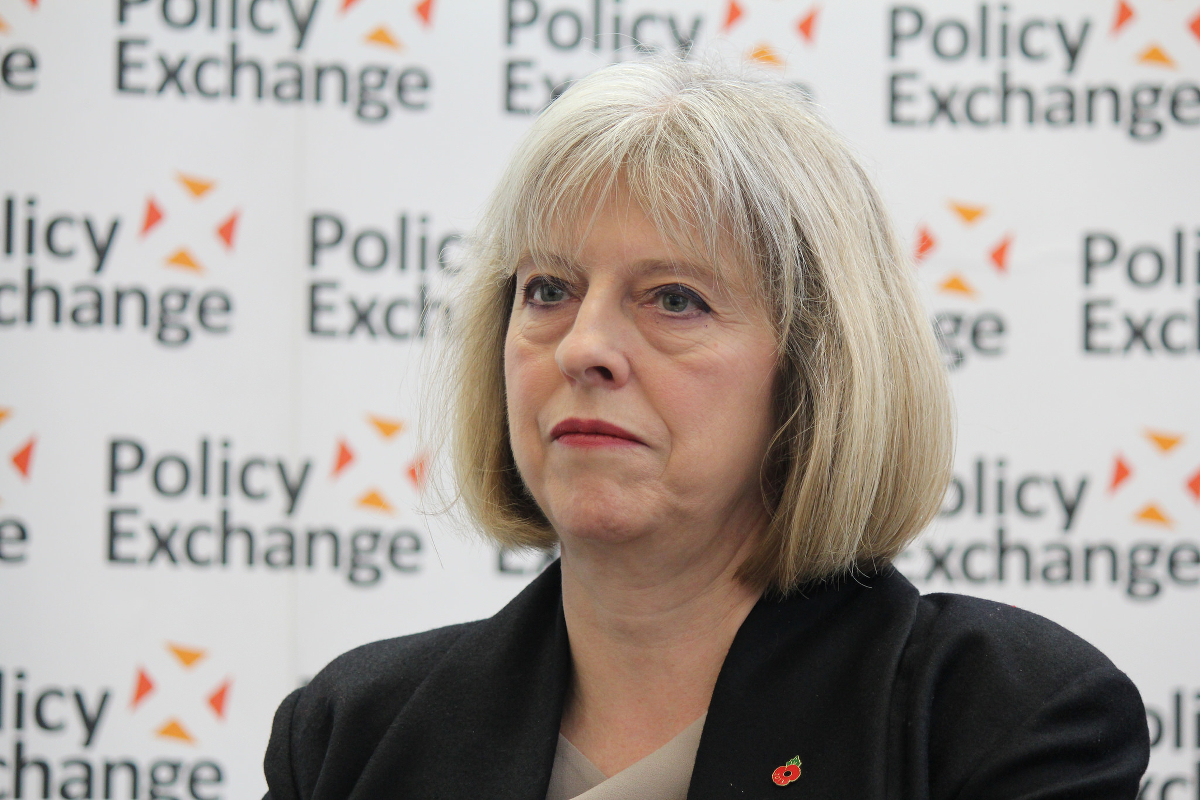30 people have been confirmed dead following a massive fire in a block of flats in London, though it is impossible to believe that the final number of dead residents will be anything under three figures. Populated by members of deprived and minority communities, Grenfell Tower had been recently refurbished, with cladding added to the outside, a fact that many fear contributed to the ferocity of the burning. Witnesses and journalists reported hunks of this insulation and cladding flying through the air, burning and alight, during the fire, leading to widespread speculation that flammable materials were used in their construction.
The role this could have played in the way the fire spread, and the speed it gained, will be investigated, along with the other circumstances of the fire, in a public inquiry announced by Prime Minister Theresa May.
Up to 600 people lived in Grenfell Tower and, like with all social housing, many tenants were on low incomes or government benefits. The first and only victim who has so far been named is Mohammad Alhajali, a Syrian refugee who came to Britain for a better life and whose life, instead, ended in such terrifying circumstances.
People in similar tower blocks across the country are seeking assurances from their local authority landlords that their own situations are survivable in the event of a fire, and many people are looking critically at the association in charge of Grenfell Tower, Kensington and Chelsea Tenant Management Organisation, and whether they could have cut corners when renovating the building. As local MP Emma Dent Coad said, “I can’t help thinking that poor quality materials and construction standards may have played a part in this hideous and unforgivable event”.
Discussions need to be held about whether such buildings need sprinkler systems installed, and about whether the fire alarms are adequate; many in Grenfell Tower said the alarm simply was not loud enough for them to hear.
Conservative MPs need to take a look at themselves
In January 2016, the Labour Party proposed an amendment to the Housing and Planning Bill that was before Parliament to ensure that landlords be forced by law to ensure that their rental properties are ‘fit for human habitation’ and the Conservatives voted against it. 71 of the Conservative MPs who voted down this amendment are landlords themselves, including Jacob Rees-Mogg, an obscenely rich man who also looked forward to Brexit as an opportunity to scrap a range of health and safety laws – the kind of laws that prevent companies from cladding a high-rise building with flammable materials, perhaps?
Another MP who voted against the ‘fit for human habitation’ amendment was Nick Hurd, the new Police and Fire Minister, who is leading the government’s response to the Grenfell Tower disaster. And Brandon Lewis, the former Housing Minister, warned against mandating the installation of sprinklers in 2014, on the grounds that it could discourage house building.
The Conservative local council in Kensington and Chelsea was also the recipient of many complaints from residents of Grenfell Tower, who feared that the single fire exit and lack of sprinkler system would be dangerous in the event of an emergency.
Late last year, the local residents’ association blogged, “It is a truly terrifying thought but the Grenfell Action Group firmly believe that only a catastrophic event will expose the ineptitude and incompetence of our landlord, the KCTMO [the Kensington and Chelsea Tenant Management Organisation].”
Boris Johnson, the former Conservative Mayor of London, also presided over unprecedented cuts to the fire service, telling a Labour opponent who was objecting to the move to ‘get stuffed’. Nationally, the number of fire fighters has been cut by almost 7,000. Even counselling for fire fighters has been cut, against under Johnson’s leadership, from 14 in London to just under two.
The victims, and where the blame lies
London is a place of extremes, housing some of the richest and some of the poorest people in the country. On seeing screens of missing people on the TV news, it was impossible to ignore that the majority of the victims of the fire were from black and minority ethnic communities, with many Muslims, and knowing the demographics of social housing tenants means we know that these were poor people.
And while outrage and horror have been widespread, we have to acknowledge that had this been the Shard, or any other tall London building made for rich people, it would not have gone up in flames as if it was coated in petrol. Proper defences would be in place and sufficient escape routes would have been provided, without people on the higher floors in particular being almost destined to perish.
The poor guy whose fridge may or may not have started the blaze has been named and shamed in portions of the media, as if he had any say in the matter or was somehow remiss in wanting to keep his food cold. This is not where the blame should lie; instead, we need to make sure that local authorities take responsibility for their social housing, and that any future governmental calls to ‘cut red tape’ are seen for the dangerous red flags that they really are.
For people like Mohammed Hakim, whose entire family is currently presumed dead, the coming days and weeks will be agony. What the local authority, as well as the national government, do to demonstrate a clear agenda for change will reveal just how seriously they have taken this tragedy and, if it is brushed under the carpet, we can feel certain that a fire in these people’s rich neighbours’ buildings would have been handled entirely differently. If, on the other hand, charges of corporate manslaughter are brought against irresponsible developers and manufacturers, we will know that it is being taken seriously.
Photo: Policy Exchange/Creative Commons

